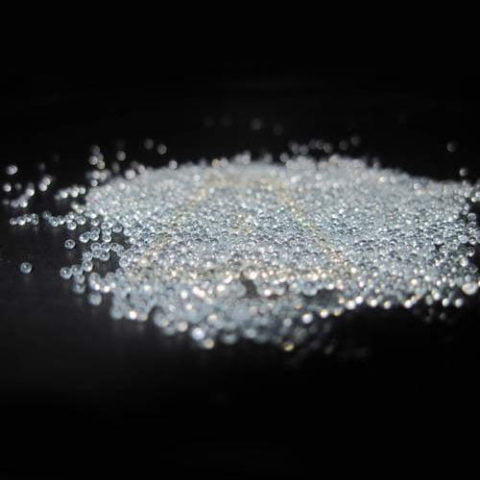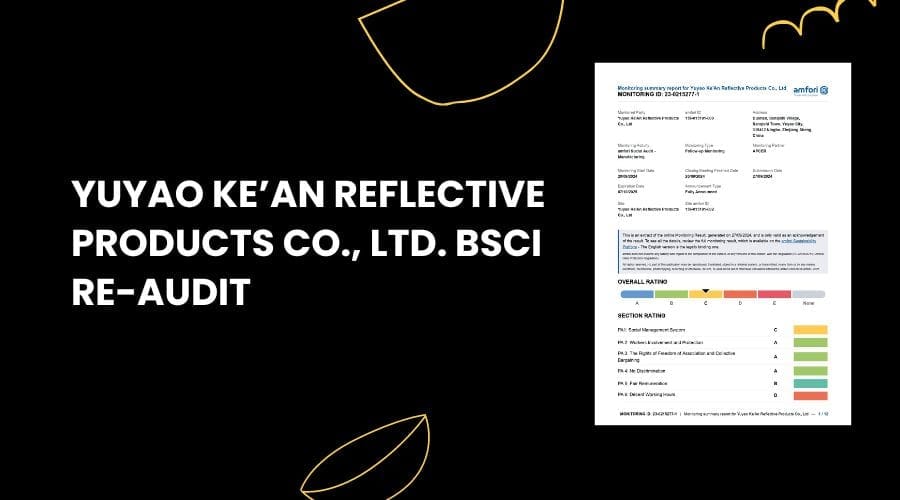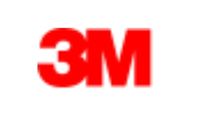
Retroreflectivity helps the eye perceive objects in low-light conditions when illuminated by a light source. In more scientific terms, retroreflection occurs when light rays are returned in the direction from which they came.
Some objects, such as light bulbs and fireflies emit light making them visible at night. Reflectivity, on the other hand, bounces light from another source such as a car’s headlight in order to be seen at night.
Retroreflection occurs when surfaces return a portion of the directed light back to its light source, as opposed to scattering the light in all directions. Retroreflective surfaces are excellent for night visibility.
Retroreflective sheeting uses tiny glass beads to reflect light. Incoming light beams bend as they pass through the front surface of each glass bead and reflect off a mirrored surface behind the bead. The beam then passes back through the front surface and returns toward the light source. Retroreflective materials appear brightest to observers located near the light source, such as a car’s headlights and the driver. 3M™ pioneered the development of retroreflection sheetings over 50 years ago.
Retroreflective materials appear brightest to an observer located near the original light source, such as a car’s headlights. Since very little light is scattered when the light is returned, retroreflective materials enhance the contrast of the wearer for an observer located near the original light source.












